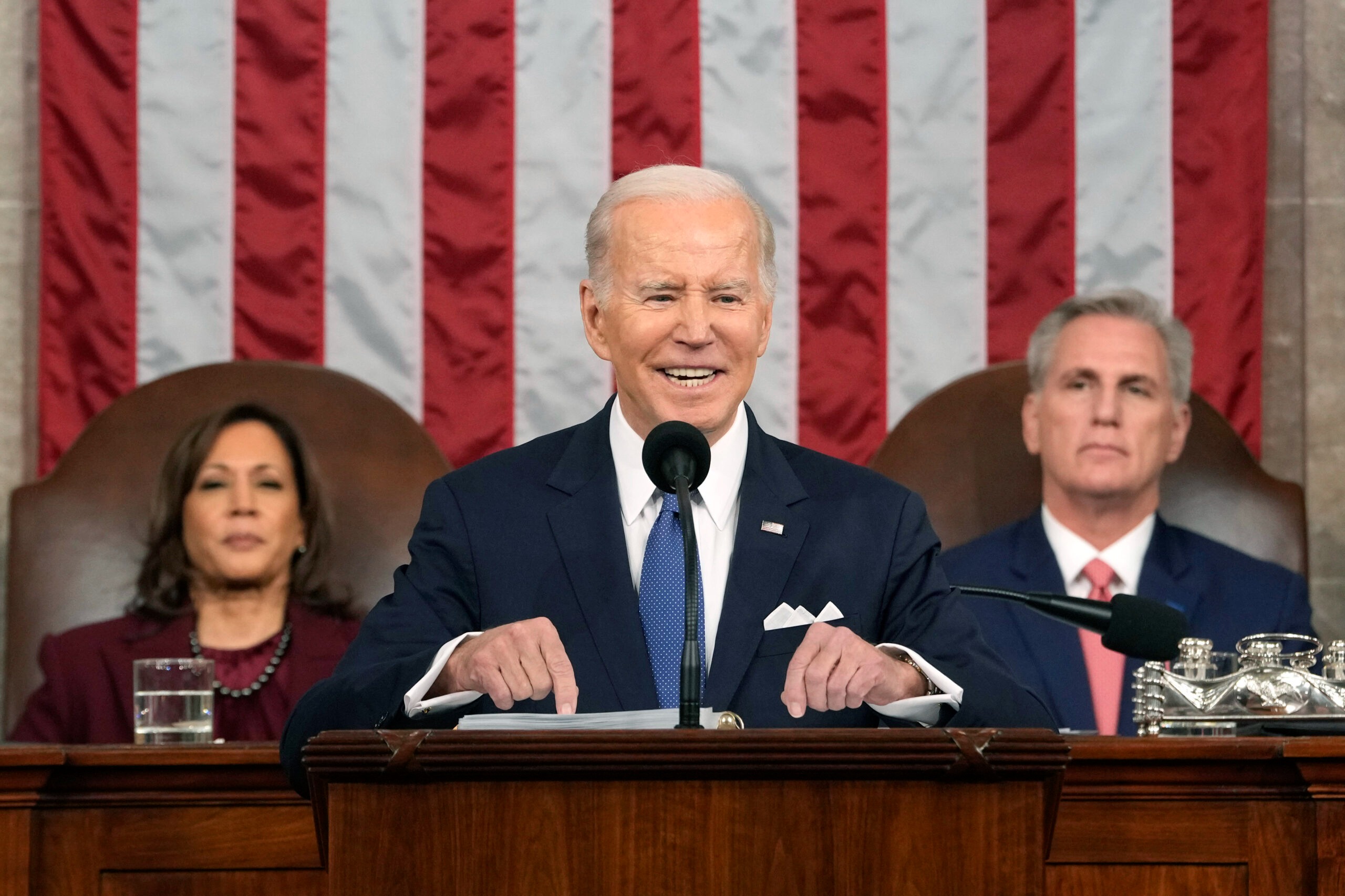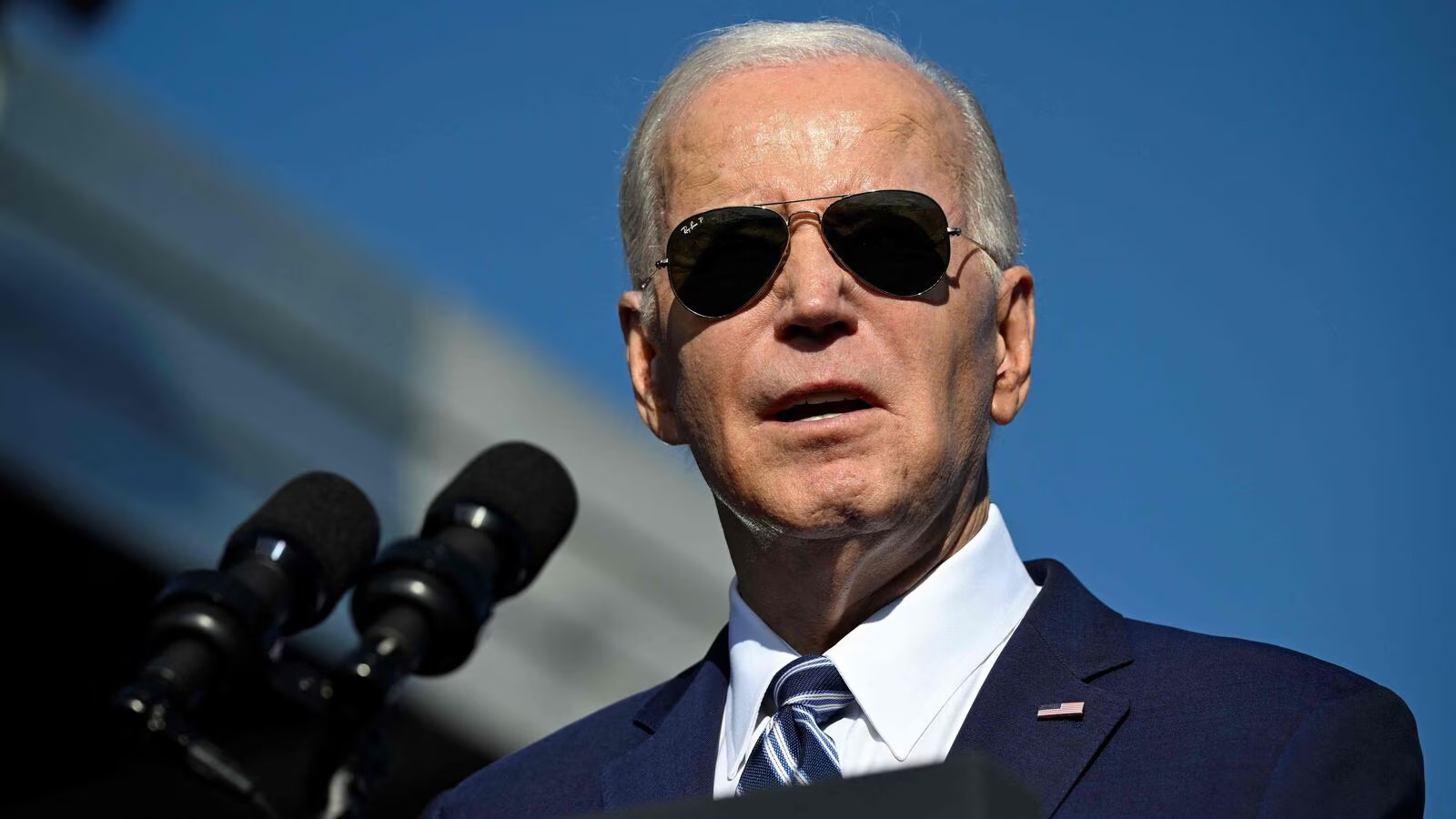Joe Biden’s Justice40 initiative aims to ensure that 40% of the benefits from federal climate and environmental investments reach historically disadvantaged communities. This promise, made through an executive order, faces challenges in implementation and accountability.
While the initiative predates great climate funding unlocked by recent legislation, the specific funding total and how benefits translate into the 40% target remains unclear. Additionally, defining which communities qualify as “disadvantaged” is ongoing.
To address this, the White House launched a project to create a screening tool for federal agencies to identify disadvantaged communities. However, environmental justice advocates are disappointed with the progress report’s quality, which they find confusing and lacking transparency on funding allocation.

Joe Biden (Credits: Nebraska Examiner)
The current scorecard includes information on agencies’ environmental justice efforts, such as dedicated offices, the number of Justice40 programs, staff allocations, and funding amounts. However, it falls short in detailing how much funding goes to disadvantaged communities and the actual impact of these funds.
Biden Administration’s Dedication to Environmental Equity
Tracking funding down to specific zip codes is challenging for federal agencies, especially for projects with widespread benefits like air quality improvements from infrastructure developments. This makes it difficult to quantify the direct benefits to disadvantaged communities and assess the success of Justice40 in achieving its goals.
Despite these challenges, the Biden administration’s commitment to environmental justice through initiatives like Justice40 underscores the importance of addressing historical disparities and ensuring equitable access to environmental benefits.
Environmental justice advocates like Maria López-Núñez and Justin Schott have raised concerns about the lack of transparency and clarity in the Justice40 scorecard.
López-Núñez, from the Ironbound Community Corporation, noted that the scorecard didn’t provide a clear grade or indication of agency performance, leading to confusion among the public about its intentions and effectiveness.
Schott, from the Energy Equity Project at the University of Michigan, analyzed the data provided by federal agencies. He found discrepancies in the quality of information, such as varying numbers of staff dedicated to environmental justice efforts across agencies.

Joe Biden (Credits: Mint)
Some agencies reported figures that seemed inaccurate or lacked specificity, like the Department of Agriculture’s mention of 12,000 funding announcements while listing only 65 Justice40 programs.
Similarly, the Department of Housing and Urban Development reported many technical assistance outreach events without clear definitions of what these events entail.
These inconsistencies contribute to a lack of clarity regarding how agencies are implementing Justice40 and whether the funding is effectively reaching disadvantaged communities.
Better accountability and transparency in reporting these efforts is essential, especially considering the substantial funding involved in environmental justice initiatives.























